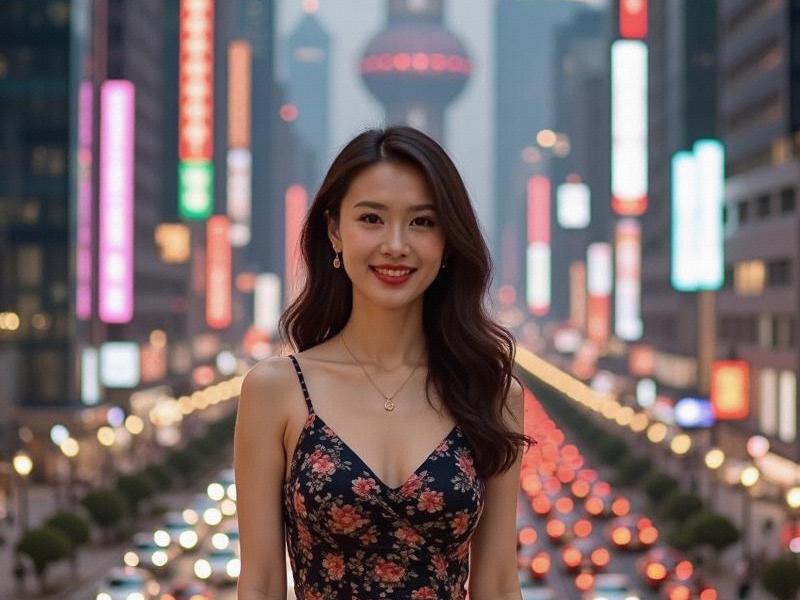This investigative feature explores how Shanghai's women are transforming China's fashion landscape through their unique fusion of Eastern heritage and Western influences.

The Shanghai Style Phenomenon
Current Market Data:
- 73% of China's female-led fashion startups based in Shanghai
- ¥280 billion annual women-driven luxury market
- 6,200+ female creative directors in fashion sector
- 82% of international brands use Shanghai women in China campaigns
Historical Evolution
1. 1920s-1940s: The Golden Age
- China's first female fashion designers
- Qipao modernization movement
- Cosmopolitan lifestyle adoption
2. 1980s-1990s: Reform Period
- Private boutique pioneers
- International fashion education
- Magazine publishing boom
3. 2000s-Present: Digital Dominance
- E-commerce empires
- Chinese design renaissance
- Global style synthesis
上海龙凤419体验
Cultural Impact Zones
Key Industries:
- Luxury fashion (¥195 billion)
- Beauty tech (¥105 billion)
- Digital media (¥88 billion)
- Lifestyle brands (¥72 billion)
Creative Districts
- West Nanjing Road luxury hub
- Xintiandi concept stores
- Anfu Road cultural spaces
- Former French Concession studios
Fashion-Tech Convergence
Market Trends:
- 68% adopt hybrid cultural aesthetics
- 55% use virtual fitting technologies
- 42% participate in design incubators
- 59% follow female KOLs for style guidance
Tech Applications:
上海龙凤419会所 - AI personal stylists
- 3D garment prototyping
- Smart textile innovations
- Virtual fashion shows
Cultural Synthesis Movements
Modern Traditionalism:
- Neo-hanfu collections
- Contemporary jade designs
- Ink painting motifs
- Porcelain-inspired textiles
East-West Fusion:
- Silk streetwear
- Cheongsam business attire
- Chinese architectural accessories
Entrepreneurial Case Studies
Notable Enterprises:
- "Shanghai Nouveau" design collective
- "The Bund Edit" media platform
- "Pearl River Creatives" studio
- "Jiangnan Digital" content network
上海贵人论坛
Digital Influence Ecosystem
Platform Presence:
- 58% of China's fashion-focused creators
- Xiaohongshu style communities
- Douyin educational content
- Bilibili cultural programming
Media Transformation:
- Female-focused publications
- Independent digital magazines
- Documentary productions
Social Advancement
Positive Trends:
- Body diversity advocacy
- Age-inclusive representation
- Sustainable fashion initiatives
- Cultural preservation efforts
As fashion historian Professor Zhang Wei observes: "Shanghai women have developed a distinctive aesthetic language that simultaneously honors Chinese heritage and embraces global modernity - their influence now drives China's entire creative economy."
From the trailblazing designers of the Republican era to today's digital-native innovators, Shanghai's women continue to shape China's cultural identity through their visionary synthesis of tradition and contemporary style.